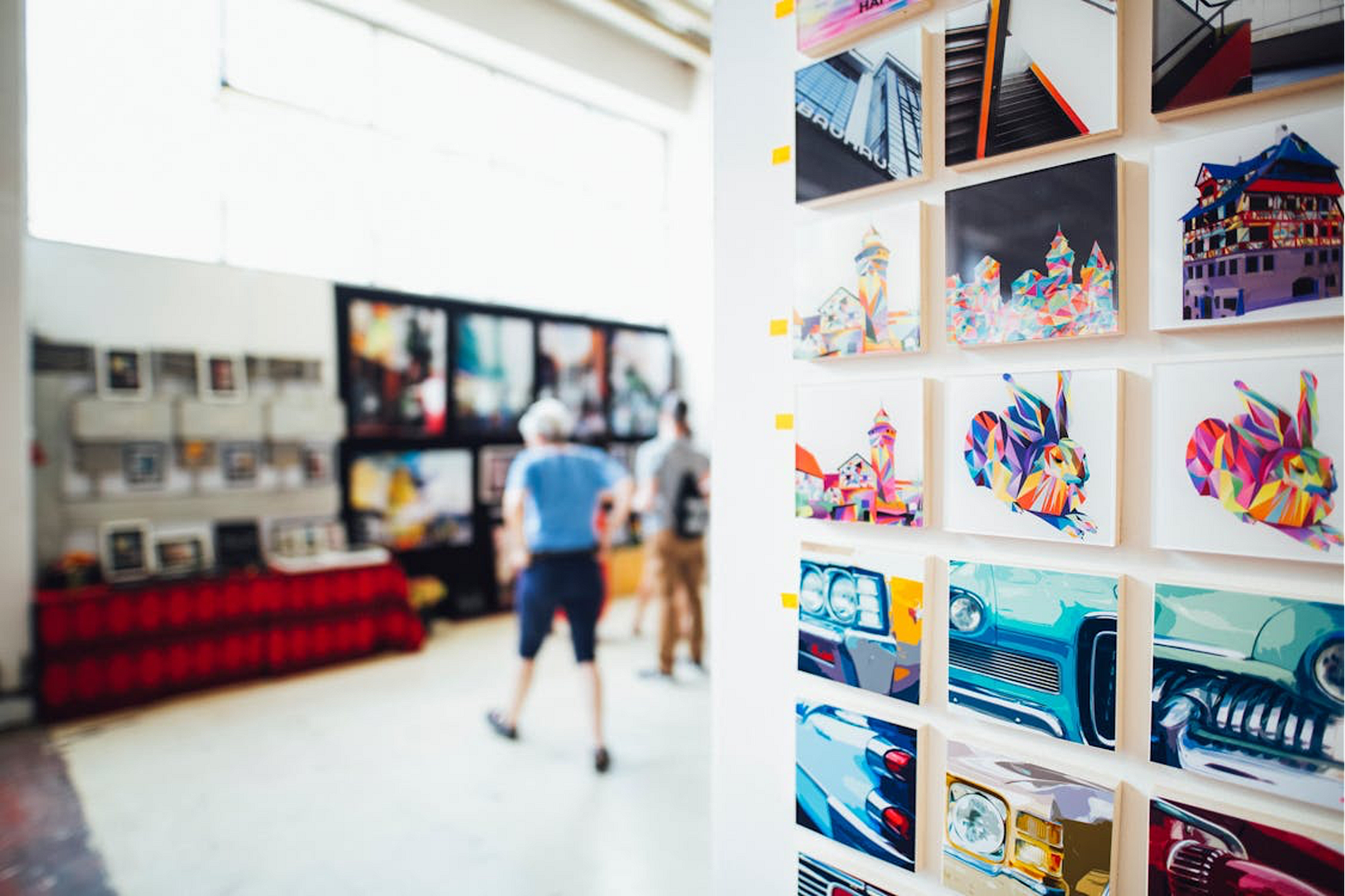
The arts and culture field is constantly evolving and influenced by various social, technological, and economic factors. In 2024, several significant trends are reshaping the landscape, impacting how art is created, displayed, and consumed. These trends are essential for professionals in the arts and culture sector to understand and adapt to, as they offer new opportunities and challenges. Staying updated with current trends is crucial for artists, curators, and cultural institutions to remain relevant and engage with their audiences effectively.
The importance of these trends extends beyond mere awareness; they influence educational paths, career opportunities, and the overall direction of the industry.
This article explores six key trends that are shaping the industry in 2024 and their implications for those involved in this dynamic sector.
1. Cross-disciplinary Collaborations
The blending of different art forms and the collaboration between artists and professionals from various fields are becoming more common in the arts and culture sector. Cross-disciplinary collaborations bring together diverse perspectives and expertise, resulting in innovative and unique artistic works. For example, collaborations between visual artists and communication experts can create immersive multimedia experiences that captivate audiences in new ways. These partnerships allow artists to experiment with different mediums and techniques, pushing the boundaries of traditional art forms.
Professionals with communication degrees play a vital role in assisting artists during these collaborations. They help bridge the gap between artistic vision and audience engagement, ensuring that the message and impact of the artwork are effectively communicated. For instance, those with a bachelor of arts communications degree possess essential skills in media relations, marketing, and public relations, which are crucial for promoting and sharing collaborative projects. By leveraging their expertise, artists can enhance the visibility and reach of their creations, making them more successful and impactful.
2. Integration of Technology and Digital Media
Technology and digital media are revolutionizing the arts and culture field, offering new ways for artists to create and share their work. Digital art has become increasingly popular, with many artists using software and digital tools to produce stunning pieces. Virtual exhibitions and online galleries have also emerged, allowing artists to reach a global audience without the constraints of physical space. These platforms provide greater accessibility to art, enabling people from different parts of the world to experience and appreciate various forms of artistic expression.
The integration of technology into the arts has also led to the development of interactive and immersive experiences. Augmented reality (AR) and virtual reality (VR) are being used to create engaging art installations that allow viewers to interact with the artwork in innovative ways. These technologies offer new possibilities for artistic expression and audience engagement, transforming the way people experience and connect with art. As technology continues to advance, its role in the arts and culture field is likely to grow, opening up even more opportunities for creativity and innovation.
3. Increased Focus on Diversity and Inclusion
Diversity and inclusion are becoming central themes in the arts and culture sector. There is a growing emphasis on representing diverse voices and perspectives in artistic works. This trend is reshaping the industry by challenging traditional norms and encouraging more inclusive practices. Artists from various backgrounds are now being recognized and celebrated for their unique contributions, leading to a richer and more varied cultural landscape. This focus on diversity not only broadens the scope of artistic expression but also fosters a deeper understanding and appreciation of different cultures and experiences.
Support and funding for underrepresented groups are also increasing, with many initiatives aimed at providing resources and opportunities for these artists. Grants, scholarships, and dedicated programs are helping to level the playing field, allowing talented individuals from diverse backgrounds to pursue their artistic passions. These efforts are essential for creating a more equitable and inclusive arts community.
4. Sustainability and Eco-friendly Practices
Sustainability is another significant trend reshaping the arts and culture field. Many artists are becoming more eco-conscious, incorporating sustainable practices into their work, which includes using recycled materials, eco-friendly paints, and other environmentally friendly methods. By focusing on sustainability, artists are not only reducing their environmental footprint but also raising awareness about important ecological issues. This trend highlights the role of art in promoting environmental stewardship and encouraging sustainable living.
Cultural institutions, such as museums and galleries, are also adopting green practices. From energy-efficient lighting to waste reduction programs, these institutions are making concerted efforts to operate in an environmentally responsible manner. These initiatives demonstrate a commitment to sustainability and serve as models for other organizations.
5. Expansion of Public Art and Community Engagement
Public art installations are on the rise, transforming urban spaces and engaging communities in meaningful ways. These installations, which can range from murals to sculptures to interactive exhibits, bring art into everyday environments and make it accessible to a broader audience. Public art enhances the aesthetic appeal of neighborhoods, promotes cultural identity, and encourages community interaction. By placing art in public spaces, artists can reach people who might not typically visit galleries or museums, democratizing access to artistic experiences.
Community-driven art initiatives are also gaining momentum, with residents actively participating in the creation and curation of public art projects. These initiatives empower communities to express their unique cultural heritage and address social issues through art. Collaborative projects, such as community murals or participatory art workshops, foster a sense of ownership and pride among residents. Engaging communities in the arts not only strengthens social bonds but also ensures that public art reflects the values and aspirations of the people it represents.
6. Evolution of Traditional Art Forms
Traditional art forms are transforming as artists reinterpret classical styles and techniques for contemporary audiences. This evolution is driven by a desire to keep traditional arts relevant while also exploring new creative possibilities. For example, classical painting techniques may be combined with modern digital tools to create hybrid artworks that appeal to both traditionalists and modern art enthusiasts. This combination of old and new enriches the artistic canon and demonstrates the enduring relevance of classical art forms.
Preserving traditional art forms while embracing innovation is a delicate balance that many artists strive to achieve. Efforts to keep traditional arts alive often involve adapting them to modern contexts without losing their original essence. Cultural institutions play a crucial role in this process by supporting artists who are committed to preserving and innovating traditional art forms. Exhibitions and programs that highlight both historical and contemporary works help educate the public about the evolution of art and the importance of maintaining cultural heritage.
Conclusion
In 2024, the arts and culture field is being reshaped by significant trends such as the integration of technology, a focus on diversity and inclusion, and sustainability. Cross-disciplinary collaborations and the expansion of public art are making art more innovative and accessible, while the evolution of traditional art forms ensures classical styles remain relevant.





